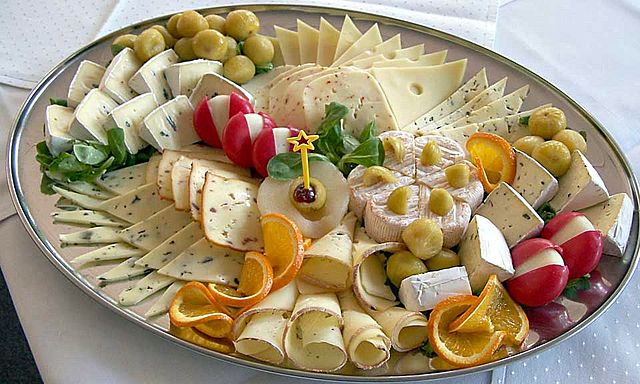Cheese vs Milk
Although cheese and milk come from the same source, they differ in terms of taste, preparation, nature, and nutrition. Cheese is a product made from milk, while milk is a white liquid produced by the mammary glands of mammals. The taste and quality of cheese depend on the quality of the milk used to make it.
What is Milk?
Milk is a highly nutritious food, especially for children, as it can be easily digested. It is the first type of food prescribed for newborn babies. Lactation milk contains colostrum, which carries the mother’s antibodies to the baby, helping to fight diseases. Milk is a source of saturated fat, protein, and calcium, and contains vitamin C. Due to its calcium content, milk is recommended for treating bone-related diseases.
As humans grow, they transition from drinking their mother’s milk to consuming milk from animals such as cows, goats, camels, sheep, and yaks. Cow milk is the most popular type. Milk is industrially collected, purified, and fortified with vitamins and other nutrients. Some milk is bottled in liquid form, while others are powdered and sold in packets.
Key Takeaways
- Milk is a highly nutritious food that is easily digestible and provides calcium for strong bones.
- Animal milk, such as cow milk, is industrially collected, purified, and fortified with vitamins and nutrients.
- Various types of milk, including liquid and powdered forms, are available for human consumption.
What is Cheese?
In the process of making cheese, whole milk is reacted to form curd, which is created by adding lemon juice or vinegar to milk. Curds are compressed and processed to make cheese. Bacteria can be used in the process of acidification to create a variety of different cheeses with unique tastes. The production process involves gathering milk, acidifying it, adding the enzyme rennet for coagulation, and separating and pressing the solids into their final form.
Cheese is a storehouse of protein and also contains calcium, phosphorus, fat, sodium, and small amounts of lactose. Various types of cheese are available, with styles, textures, and flavors depending on factors such as the origin of the milk, bacteria and mold, aging, and processing. Some popular types of cheese include mozzarella, cheddar, and Camembert.
What is the difference between Cheese and Milk?
- Cheese is made from milk through a unique production process, making milk the primary substance and cheese the secondary substance.
- Milk contains saturated fats, calcium, vitamin C, and protein, while cheese generally contains phosphorus, protein, calcium, and fat. The amounts of nutrients vary depending on the type of cheese.
- Milk contains lactose, which is unsuitable for lactose-intolerant people, while cheese has less lactose because it is solid and contains less liquid. Harder cheeses have even less lactose, making them more suitable for lactose-intolerant individuals.
- Milk is used in preparing food items such as puddings, custards, mousses, and soups, while cheese is a main ingredient in lasagna, pizza, and casseroles.
- Milk helps to build strong bones, while cheese helps to build strong muscles.
